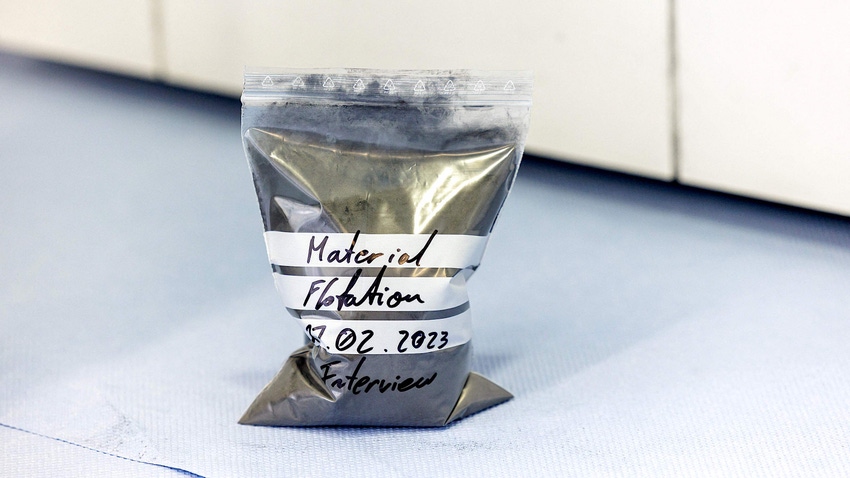EV Battery Recycling Requires More Efficient Processes
Battery recycling needs to be quicker and cheaper, and the resulting black mass needs standard specifications.

Electric vehicle battery recycling is not only necessary from a practical standpoint, because the industry cannot afford to mine virgin materials to sustain production indefinitely, it is a legal requirement in Europe, points out automation and testing company Unico’s Vice President of Engineering Don Wright.
“By 2025, 10 percent of batteries will have to be from recycled material, and by 2030, 30 percent will,” he said.
That leaves little time for the battery recycling industry to mature and for it to develop its lines of supply for batteries that are largely still not old enough to be retired into the recycling stream. Also, there is a competitor for the materials in those batteries: second-life applications that use the batteries for jobs that don’t require as much energy density as EV propulsion does.
“The battery’s first life is 12-15 years,” said Wright. “The second life has less demand and lasts another 12-15 years. Second-life applications will be valuable, where you don’t have to bring batteries down to core materials and be able to use them in a second-life application.”
After the battery cells are completely depleted, then it will be time to break them down to recover their raw materials for use in new batteries. “It is a total of 24-30 years before a battery needs to be recycled and turned into black mass,” said Wright.
Black mass has nothing to do with witches or Ozzie Osbourne. It is the material that results from the process of breaking down lithium-ion batteries into their constituent materials. Developing fast, efficient, cheap ways of doing this will be needed to promote the use of recycled materials.
Those materials are inherently valuable, but if recycling is so costly that it makes virgin materials more affordable, that defeats the intention of recycling, explained Wright. “Black mass and batteries need to be valuable enough that people will want to go through the effort of turning them in to a recycling center,” he said.
“Valuable enough, but not more expensive than mining new material,” Wright continued. “It will be difficult to convince companies it is better to use recycled material if it is too expensive. Once we have the process down and it is efficient, it will be valuable.”
The first step in the process is draining the remaining electricity in the battery. But discharging the battery too much will create dendrites that can spark battery fires. These spikes complicate the recycling process, even if the battery is ground to dust so it can’t catch fire, Wright explained.
After soaking the battery in a saltwater bath that shorts out any remaining energy and helps separate battery components by weight, the relevant elements are recovered in a black powder. However, there are not yet common quality standards for the contents of the black mass. How much of what materials are contained in the powder is critically important for the value of that material. “This is something we have to move toward,” Wright said. “You need to have a grade of black mass.”
For now, recyclers are working to refine their processes so that the many questions relating to battery recycling can be settled. “You’re going to see over the next five years, companies trying to optimize their processes,” Wright concluded.
About the Author(s)
You May Also Like





